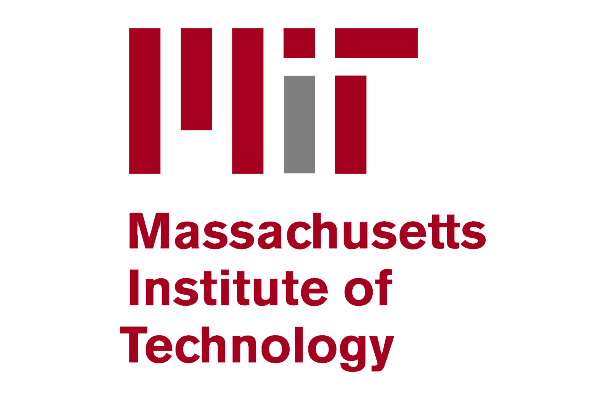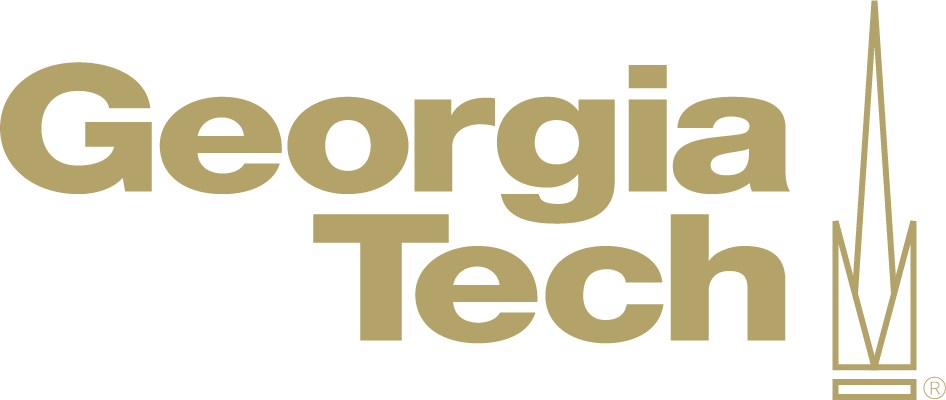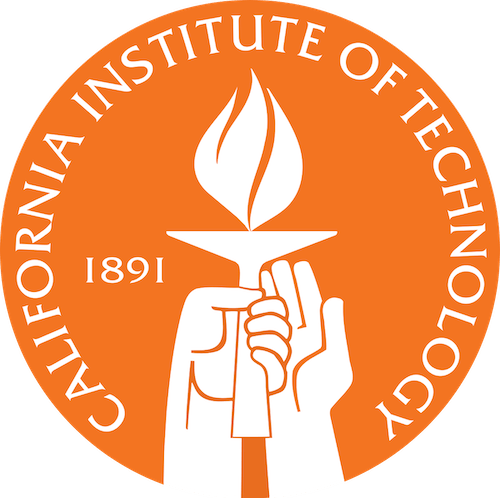How to Hire Aerospace Engineers in Vancouver
Current Environment
Aerospace engineers are employed primarily in the manufacturing, analysis, design, research, and development of aircraft, spacecraft, and defense systems. The federal government is one of the main employers in the industry, mainly due to the demand created by each of the branches of the military. Federal departments, such as the Departments of Defense, Transportation, and Energy also employ aerospace engineers, and the crown jewel employers in aeronautics are NASA and JPL. The air transportation industry for both passengers and cargo also recruit aerospace engineers for design, manufacturing, testing, and maintaining aircraft. Opportunities in the field are expanding with the introduction of private enterprise in space travel, exploration, and research.
History
Historically, opportunities for employment in the field were working with the government directly, or large aerospace manufacturers working for the government or military. The field has evolved and grown with the expansion of the airline industry and the space program. Active employers are NASA, JPL (operated by Caltech under a contract from NASA). SpaceX is one of the newest entrants in the industry, actively developing technologies with the potential for enormous change.
How will Hiring aerospace engineers Help Your Company?
Recruiting the top aerospace engineers can ensure you have the expertise and know-how needed to plan, manage, and complete projects on time and on budget.
However, hiring the best aerospace engineers in itself won’t distinguish one aerospace company from another. Aligning those engineers and other team members to work toward a central mission or purpose will make the best use of talent and resources. Consider the USA Olympic basketball team, the first-year pro athletes were allowed to compete. They were the best players, but they failed to play well together as a team. Teams with lesser talent beat the U.S. because they played better together.
Fill the Talent Gap
In addition, if there are talent gaps in your current team, you can source candidates that excel with a particular skill. For example, companies that need a boost in innovation can source candidates who have been a part of “innovation jams” or other programs that teach how to incorporate innovation into company culture.
Technology
Technology is another area that is key for engineers. When you are looking for recruits, be prepared with specific questions about a candidate’s expertise with the latest technology systems and software to give your organization critical technology expertise.
aerospace engineer Details
Responsibilities
Before we get to exactly how to recruit the best aerospace engineers in Vancouver, here are some of the details of the job.
Positions in aerospace engineering primarily direct the design, manufacture, and testing of aircraft and aerospace products, including aircraft, spacecraft, satellites, and missiles. A few additional responsibilities include:
- Assess proposals for projects to determine if they are technically and financially feasible.
- Determine if projects will result in safe operations and meet the goals set.
- Evaluate designs for engineering standards, requirements, and environmental regulations.
- Develop design methods, quality standards, and completion dates.
Looking for another position? View other positions we place in Vancouver, Washington.
Education
Typically, aerospace engineers must have a bachelor’s degree in Aerospace Engineering or another field of Engineering or science related to aerospace systems. For those working on projects related to national defense, a security clearance may be required, and sometimes U.S. citizenship is required for certain types and levels of clearances.
US News & World Report ranked the top 3 undergraduate college programs for Aerospace Engineering. These programs train students in the science of flight, both for aircraft and spacecraft. These are the top undergraduate schools where the highest engineering degree offered is a doctorate.



